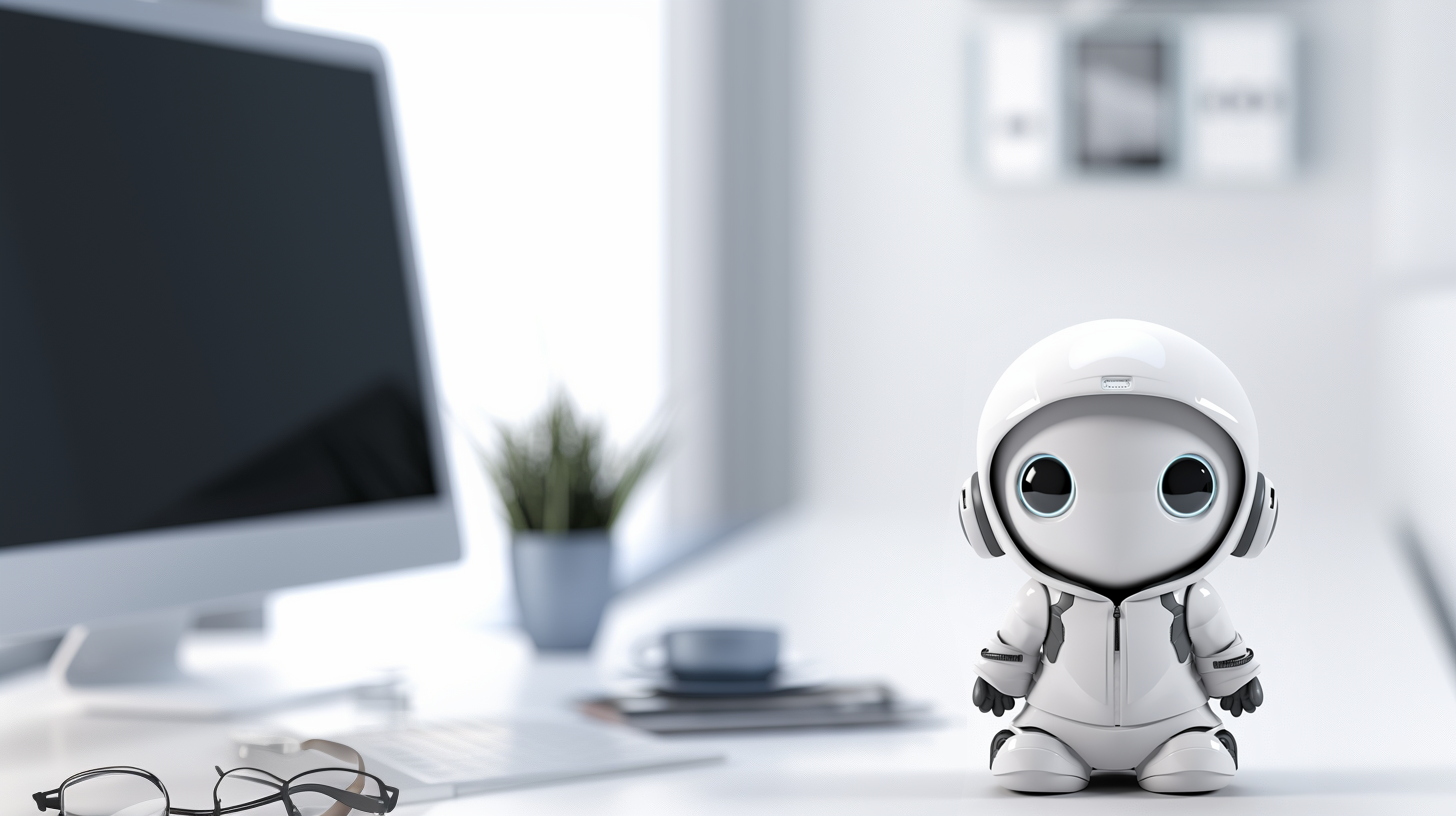
Building a Semantic Search Engine: A Practical Guide
Understanding Semantic Search
Semantic search enhances traditional keyword matching by grasping the contextual meaning of search queries. Unlike conventional systems that rely solely on exact word matches, semantic search identifies user intent and context, delivering relevant results even when the keywords differ. This capability is crucial for businesses aiming to improve user experience and information retrieval.
Implementing a Semantic Search System
In this guide, we will develop a semantic search engine using Sentence Transformers, a library designed to generate sentence embeddings. These embeddings are numerical representations that capture the semantic meaning of text, enabling us to find similar content based on vector similarity.
Step 1: Setting Up Your Environment
To begin, install the necessary libraries in your development environment:
- Sentence Transformers
- FAISS (Facebook AI Similarity Search)
- NumPy
- Pandas
- Matplotlib
Step 2: Data Preparation
We will use a dataset of scientific abstracts from various fields. This dataset will serve as the foundation for our semantic search engine, allowing us to retrieve relevant research papers based on user queries.
Step 3: Model Selection
We will utilize the all-MiniLM-L6-v2 model from Hugging Face, which balances performance and speed effectively. This model will convert our text abstracts into dense vector embeddings.
Step 4: Indexing with FAISS
FAISS will be employed to index our document embeddings, facilitating efficient similarity searches. This step is critical for ensuring quick retrieval of relevant documents based on user queries.
Step 5: Implementing the Search Function
We will create a function that takes a user query, converts it into an embedding, and retrieves the most similar documents from our indexed dataset. This function will demonstrate the power of semantic search by returning relevant results even when the terminology varies.
Step 6: Testing the Search Engine
We will test our semantic search engine with various queries to showcase its ability to understand meaning beyond exact keywords. This will illustrate the effectiveness of our implementation.
Step 7: Visualizing Document Embeddings
Using PCA (Principal Component Analysis), we will visualize the document embeddings to observe how they cluster by topic. This visualization can provide insights into the relationships between different research areas.
Step 8: Creating an Interactive Interface
To enhance user experience, we will develop an interactive search interface that allows users to enter queries and view results dynamically. This interface will make the search process more engaging and user-friendly.
Case Studies and Historical Context
Many organizations have successfully implemented semantic search to enhance their information retrieval systems. For example, major tech companies have adopted semantic search to improve customer support by providing relevant answers to user inquiries without relying solely on keyword matches. According to a study by Gartner, organizations that implement advanced search technologies can improve user satisfaction by up to 30%.
Conclusion
In this guide, we have outlined the steps to build a semantic search engine using Sentence Transformers and FAISS. This system not only enhances the search experience by understanding user intent but also provides more intelligent results compared to traditional methods. By leveraging semantic search, businesses can significantly improve their information retrieval processes, leading to better decision-making and enhanced customer satisfaction.
For further assistance in implementing AI solutions in your business, feel free to reach out to us at hello@itinai.ru or connect with us on Telegram and LinkedIn.


























